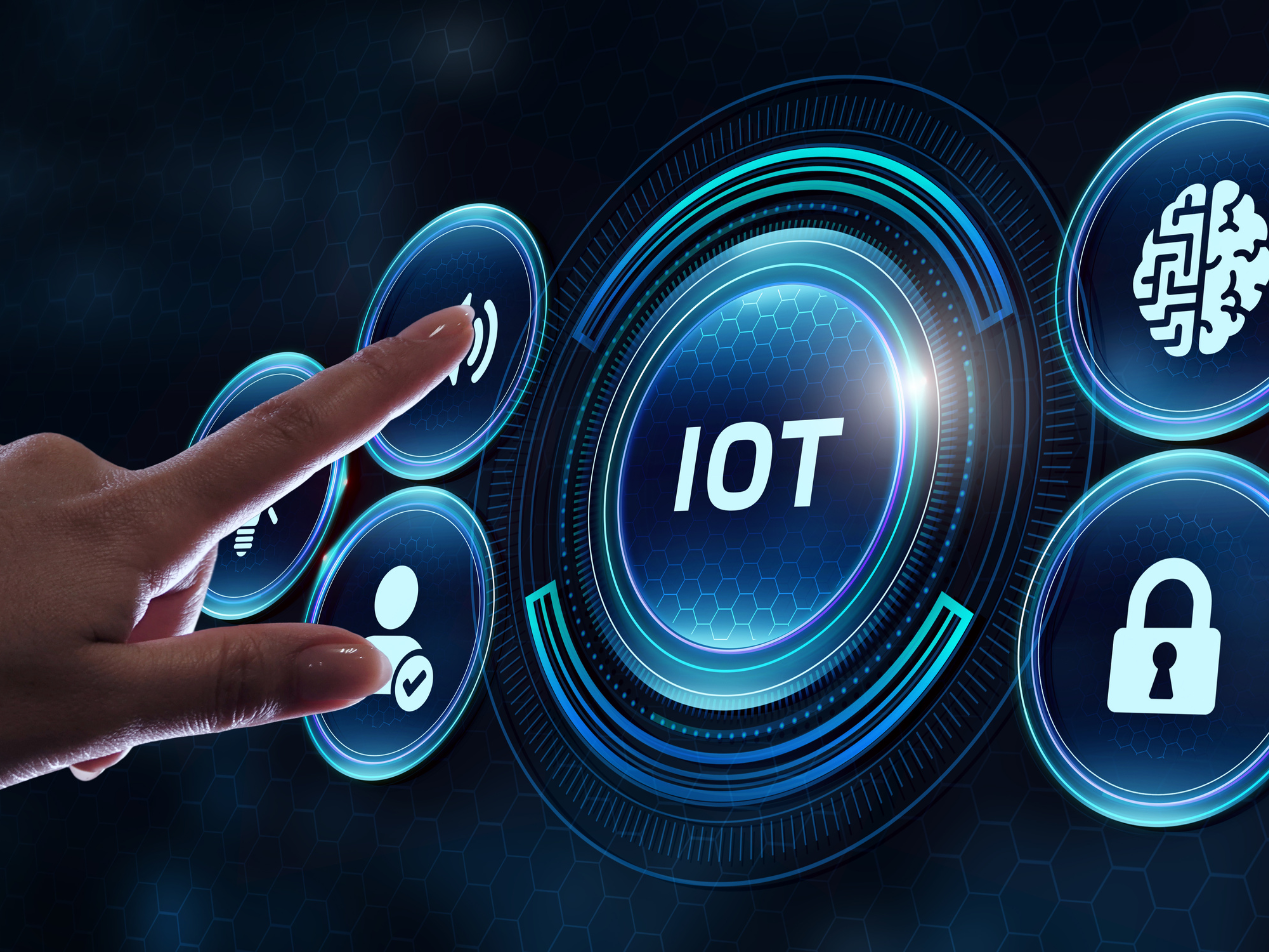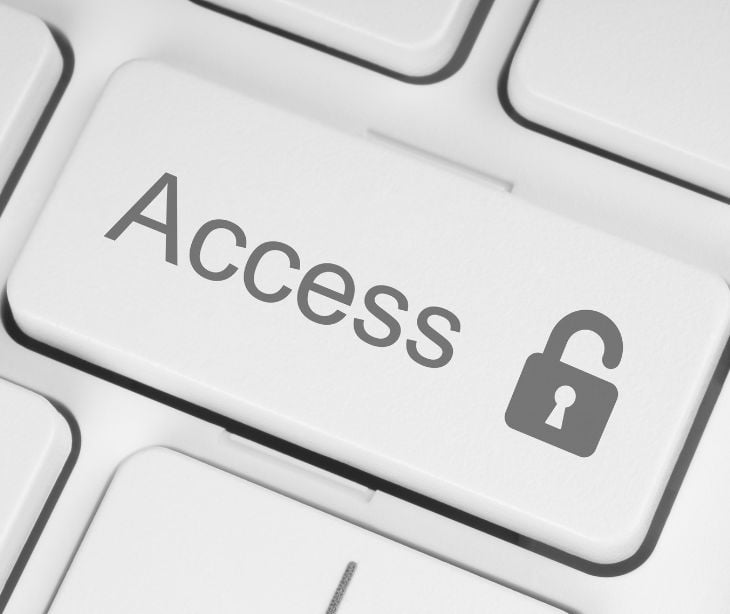
The Internet of Medical Things (IoMT) is revolutionizing the healthcare industry by enabling connected medical devices to monitor, diagnose, and treat patients more efficiently.
However, the increasing reliance on connected devices also introduces new security challenges, as these devices can be vulnerable to cyberattacks and unauthorized access. There are unique security concerns related to medical IoT devices and particular best practices for securing them to ensure patient safety and data privacy.
IoMT security challenges
- Increased attack surface: The growing number of connected medical devices creates more potential entry points for cybercriminals to exploit.
- Legacy devices: Many medical devices have long life cycles and may not be designed with security in mind, leaving them susceptible to attacks.
- Interoperability: Ensuring secure communication between various devices and systems can be complex, potentially exposing vulnerabilities in data transmission.
- Data privacy: Protecting sensitive patient data from unauthorized access and breaches is critical to maintaining patient trust and complying with regulations such as HIPAA.
Best practices for securing medical IoT devices
- Secure device design and architecture: Develop medical devices with security built-in from the ground up, including using secure hardware components, implementing secure boot processes, and ensuring that devices can be securely updated.
- Strong authentication and authorization: Implement robust authentication mechanisms, such as multi-factor authentication, to ensure only authorized users can access devices. Use role-based access control to limit user access to the minimum necessary functionality.
- Regular monitoring and analysis: Monitor connected devices for signs of compromise or unauthorized access, and analyze device activity to detect potential threats. Implement security information and event management (SIEM) tools to aggregate and analyze device logs and alerts.
- Timely Software Updates and Patch Management: Ensure that devices are regularly updated with the latest security patches and firmware updates to address known vulnerabilities. Establish a process for managing and deploying device updates promptly and securely.
- Secure Communication: Use encryption and secure communication protocols to protect data transmitted between devices and healthcare systems. Implement network segmentation to separate IoT devices from other critical systems, reducing the potential impact of a breach.
- Secure email communication: Throughout development lifecycles, protected information is shared between product managers and developers. Always use encrypted, HIPAA compliant email to avoid inadvertently sharing PHI.
- Guidelines for safe use and disposal: Develop clear policies for healthcare staff on using, maintaining, and disposing of connected medical devices. Include instructions on reporting suspected security incidents and the proper decommissioning of devices to protect patient data.
Related: Implementing a culture of security in healthcare technology development
Securing medical IoT devices is essential to protect patient safety and ensure the privacy of sensitive health data. By implementing best practices such as secure device design, strong authentication, regular monitoring, timely updates, and secure communication, healthcare organizations can mitigate the risks associated with the Internet of Medical Things and continue to benefit from its transformative potential.
Related: Balancing convenience and privacy with biometric authentication
Subscribe to Paubox Weekly
Every Friday we'll bring you the most important news from Paubox. Our aim is to make you smarter, faster.

 Dean Levitt
Dean Levitt



